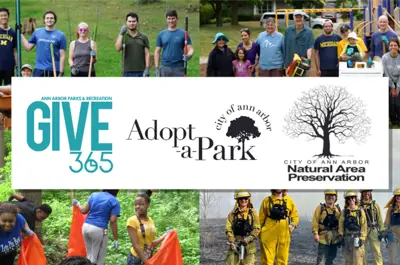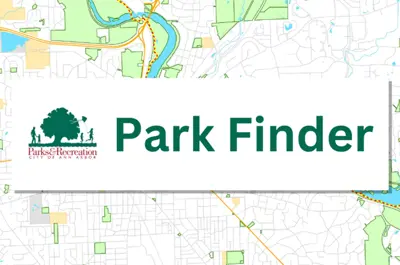History
Ann Arbor's city parks sit on the ancestral and traditional homelands of several indigenous Native peoples. Read a land acknowledgement from the city and learn more about the early history of the land.
The land that comprises Buttonbush Nature Area was acquired by the city in 2019. The area was officially named Buttonbush in fall of that year because of the buttonbush swamp found within the area.
As far back as the 1940s, the forest and buttonbush swamp were largely intact, though their edges had been disturbed and plowed up for agricultural uses. Farming continued around the park until the 1990s, when the fields to the west of the park were converted into residential areas. In the early 2000s, the fields to the east of the park began to be abandoned, and within about 15 years, this area also became residential. The forest and the swamp remained undisturbed throughout all of these changes, which indicates that the habitat could support uncommon species that have been displaced by development in other areas.
Read an article from the NAP Newsletter in 2019 describing the natural characteristics of the newly acquired natural area, which had yet to be officially named:
2019 Park Focus: A New Nature Area! by Krissy Elkins








